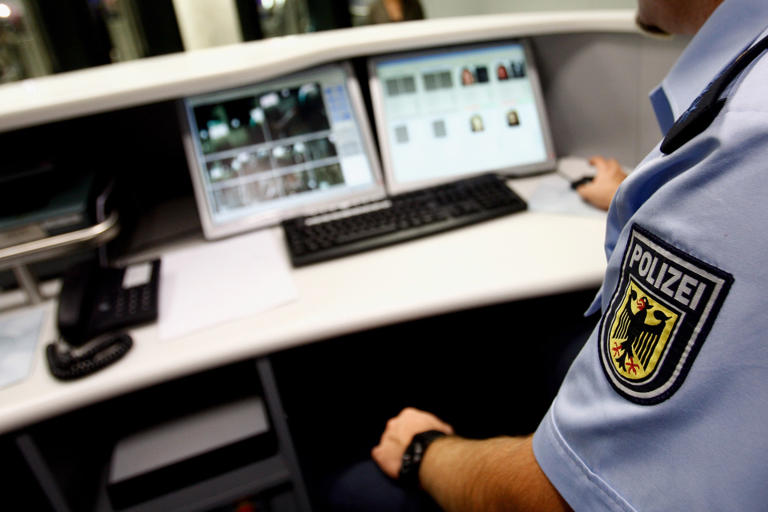Source: MSN (Story by Georgia Bell)
Hour-long queues have been reported at one of the few European airports where the new entry-exit system has taken affect, on the first day of its rollout.
The Schengen area — which comprises of the European Union, plus Iceland, Norway and Switzerland — has a new digital borders scheme.
However, the Czech Republic, Estonia and Luxembourg have announced that they plan to fingerprint and photograph all “third-country nationals”. Prague is the largest airport which is rolling out the entry-exit system in full for travellers.
Some have said they had gone through checks without significant wait-times, according to The Independent.
Border registration machines have been installed in Terminal 1 to record biometrics, with the goal of collecting this data from travellers before passport control.
However, authorities have ordered staff to start recording biometrics at their posts, as opposed to using kiosks. This has resulted in long queues building up, with people from Turkey, Egypt and the United Arab Emirates reporting wait-times of up to an hour.
Hamilton Nash, from London, said: “Just fought through the queues. No machines operating. It’s an hour to 90-minute long queue.
“They just started allowing Australian and British passport holders to use the EU channel to ease the congestion in the airport“.
Stuart Linden Rhodes added: “All machines still switched off, heading to an hour now. Fingers and eyes being done at the passport control desk. Usual exit, glare at you and then your passport before stamping it.”
The scheme is being rolled out from Sunday, requiring Schengen area member states to make their borders EES-compliant within 180 days.
This means that within that timeframe, member countries must store the faces and fingerprints of third-country nationals, such as Brits, on a central EU database.
Michael O’Leary, chief executive of Ryanair, said: “I’m pretty certain it’s going to go wrong.” He added: “We’re moving into the winter period, so there’s a lot less pressure on, but I think it will be bumpy and lumpy through the winter.”
Mark Tanzer, boss of travel association ABTA, commented: “I’m afraid there will undoubtedly be some delays as this new entry and exit system for the Schengen area comes into effect.”
Julia Lo Bue-Said, chief executive of Advantage Travel Partnership, suggested passengers leave “between three and four hours from the point of entry” before travelling.
Speaking to the BBC’s Today programme, she said: “If you’re not leaving yourself enough time and you unfortunately arrive at an airport where there is a bottleneck, which in a lot of places there are already, this is going to add another layer of frustration and delay.”
The Schengen area has 1,800 border crossings and over 500 million entries and exits a year.

